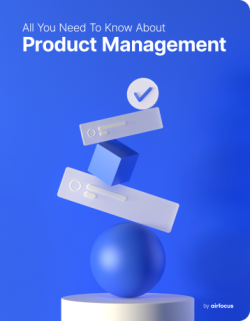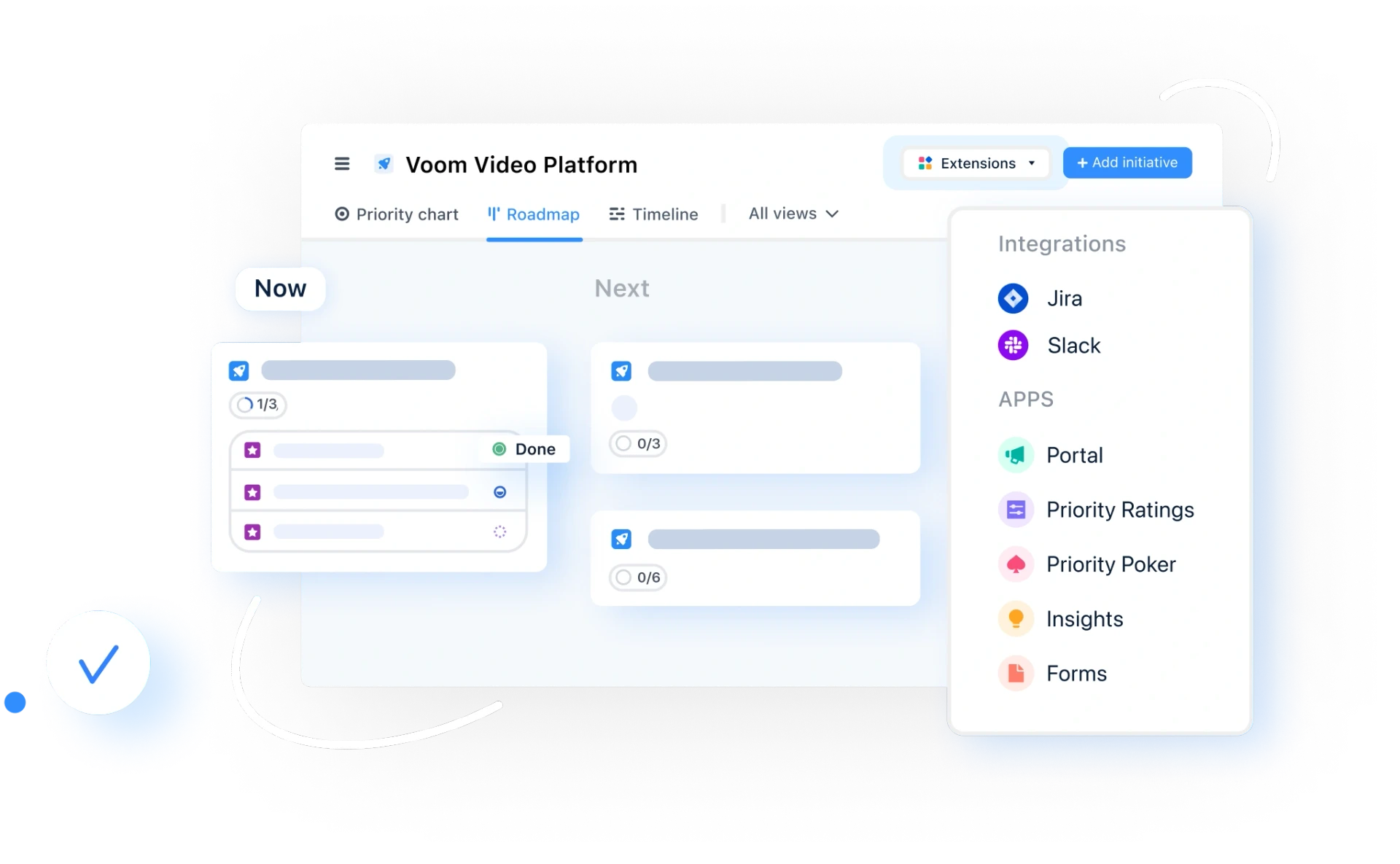New tool, same chaos: 5 costly mistakes teams make after adoption

Choosing the right product management tool is no small feat – it’s a major step toward clarity, alignment, smoother execution, and overall product team transformation. When teams get it right, the payoff can be transformative: less chaos, more focus, and better outcomes.
But what María Tabush, a senior customer success expert here at airfocus, has seen time and again is that the impact can fall flat if teams treat it like a silver bullet.
“The tool is a vehicle,” she says. “It won’t drive the transformation on its own.”
With experience supporting hundreds of product teams in businesses of every shape and size, María has identified the five most common – and avoidable – mistakes that can get in the way of success. Avoid them, and that shiny new tool really can become the engine of transformation it’s meant to be.
So, what are the common pitfalls María sees?
1. Mistaking the tool for the transformation
Many teams believe that simply implementing a new platform will fix their problems. But without changing underlying processes, the impact of any tool will be limited. “Before implementation, it's crucial to align on what you're trying to achieve,” María says. “Once we define those outcomes, we can shape the tool around your process, not the other way around.”
2. Skipping internal ownership
“You need someone internally who believes in the tool, not just someone assigned to the project,” María explains. “A champion isn't just an admin. They're the bridge between the platform and the culture shift that needs to happen inside the company.”
It can be leadership, or come from within the team – but do you have a single point of contact for this role? “We often see the difference between teams that have a champion versus those who don't. A true champion doesn't just manage a project, they lead a change." At airfocus, we work closely with those champions to equip them with the knowledge, confidence, and resources they need to drive meaningful transformation. Our goal is to empower them, not leave them to figure things out on their own.
3. Not utilizing the airfocus team’s expertise
“A lot of teams try to figure everything out on their own, but that's like ignoring a shortcut that's right in front of you,” says María. “Our team has seen what works, and doesn’t work, for hundreds of product orgs.”
At airfocus, customer success isn't reactive support, it's strategic partnership. “Our job is to be our customer's trusted advisors. We've worked with hundreds of product teams, and we bring that experience into every onboarding. We help teams troubleshoot, optimize workflows, and avoid common pitfalls,” says María.
Engaging early and often with the customer success team can dramatically accelerate adoption and help teams reach value faster.
4. Trying to do everything at once
“One of the biggest mistakes I see is teams trying to roll out every feature at the same time,” says María. "Instead, we take a step-by-step approach.”
María recommends a phased approach: “Once we've nailed down the core workflows and built confidence within the team, we can layer in more advanced use cases like feedback management. It's about building momentum in the right order.” Start small. Solve one pain point. Win trust. Then scale. This phased approach allows you to deliver success and impact faster – and when you don’t know what your biggest challenges are, the customer success team is there to help identify it.
5. Underestimating the time for real impact
“Not because the tool is slow, but because the biggest wins are made over time. We often say it takes 90 days to make a tool part of your team's habits. That's completely normal. What matters is consistent communication, reinforcement, and feedback loops. Transformation isn't a sprint, it's a series of smart, strategic steps.” At airfocus, we guide teams through this process, helping them stay focused, track the right signals, and build momentum. “We work side by side with our customers to set realistic milestones, share best practices, and course-correct when needed”, says María. “That way, they’re not just using the tool, they’re getting real value from it.”
Digital transformation doesn't happen overnight. What matters is consistency, leadership buy-in, and supporting your team through the change. The payoff is worth it, but it requires patience and a plan.
Emma-Lily Pendleton

Read also



Experience the new way of doing product management

Experience the new way of doing product management




